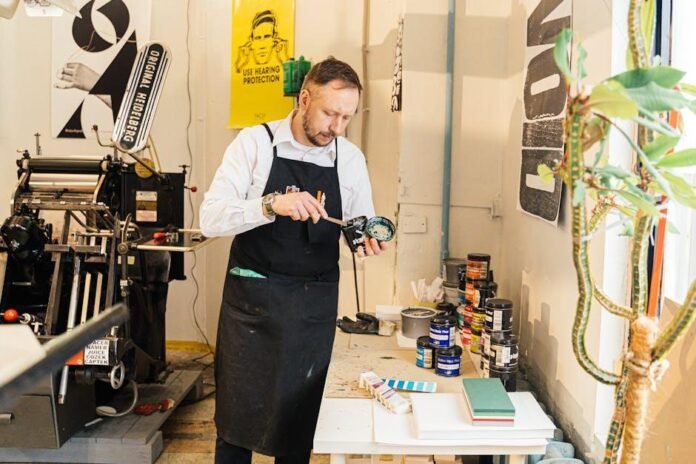In a world bursting with colors and textures, the art of mixing prints and patterns stands as a testament to creativity and personal expression. Gone are the days of rigid fashion rules dictating the boundaries of style; today,bold combinations are celebrated as a unique signature of individuality. Whether your drawn to the whimsical charm of florals, the sharpness of stripes, or the eclectic vibe of geometric shapes, the vibrant interplay of prints can transform an outfit from ordinary to extraordinary. This article delves into the principles of mixing prints and patterns, offering insights that both novices and seasoned fashion enthusiasts can embrace. Join us as we explore the techniques, tips, and inspiration that will empower you to curate your own harmonious yet dynamic wardrobe.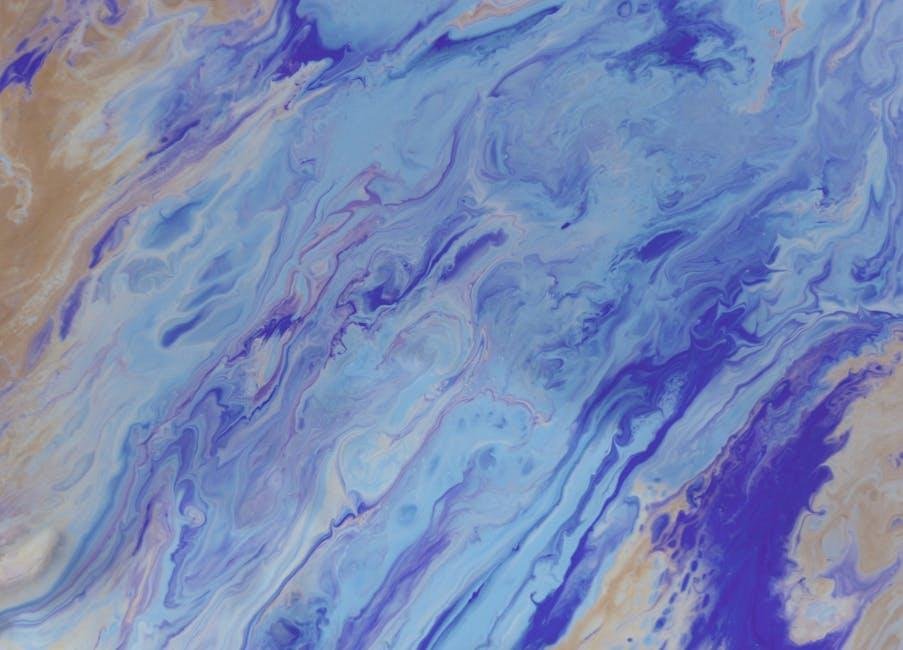
Exploring Color Harmony in Print Combinations
When it comes to mixing prints and patterns, understanding color harmony is essential. Prosperous print combinations often rely on a cohesive color palette that brings elements together rather than competing for attention. Here are some tips to achieve effective color harmony in your print choices:
- Monochromatic Scheme: Choose different shades and tints of a single color to create a unified look.
- Complementary Colors: Pair prints that feature colors opposite each other on the color wheel for a striking contrast.
- Analogous Colors: Use colors that are next to each other on the wheel for a more serene and cohesive feel.
Exploring these color combinations can yield stunning visual results. for a clearer visualization,consider the following table that categorizes some popular color harmonies:
| Color Harmony | Description | Example Colors |
|---|---|---|
| Monochromatic | Variations of one color. | #ff5733, #ff8566, #ffa399 |
| Complementary | Colors opposite each other. | #3498db, #e74c3c |
| Analogous | Colors next to each other. | #2ecc71, #27ae60, #1abc9c |
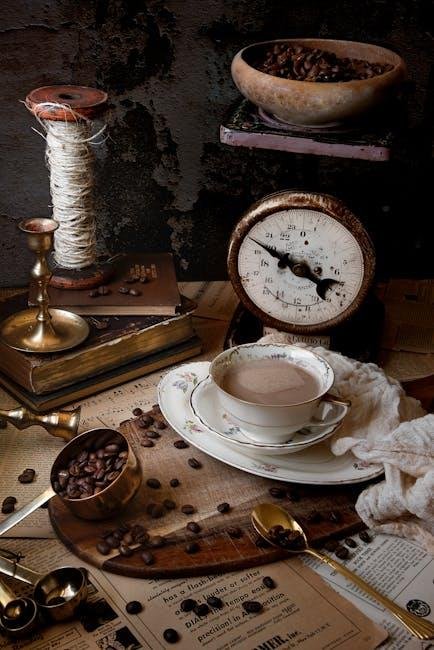
Balancing Scale and Proportion for Visual Appeal
When combining prints and patterns, achieving the right balance in scale and proportion is essential for a harmonious outfit.Large prints can be visually overwhelming if not paired with the right companions. Consider contrasting them with smaller, subtler patterns to create a dynamic yet cohesive look. Such as, a bold floral dress might be beautifully complemented by a delicate striped cardigan or a polka-dotted accessory. Aim to create a visual dialogue between your items by ensuring that no single print dominates the ensemble, allowing each element to shine in a balanced way.
To further refine your approach, it can be helpful to keep in mind a few key principles of proportion.Here are some guidelines to assist you in mastering this art:
- Match Shapes: Pair geometrical patterns with organic ones for added interest.
- Color Coordination: Opt for a common color palette to unify different prints, making them feel intentional.
- Layer Strategically: Use layers to create depth—placing lighter prints over darker ones can enhance dimension.
| Print Type | Scale | Best Pairings |
|---|---|---|
| Floral | Large | Stripes, Dots |
| Geometric | Medium | Images, Textures |
| Animal Print | Small | Solid Colors, Subtle Patterns |
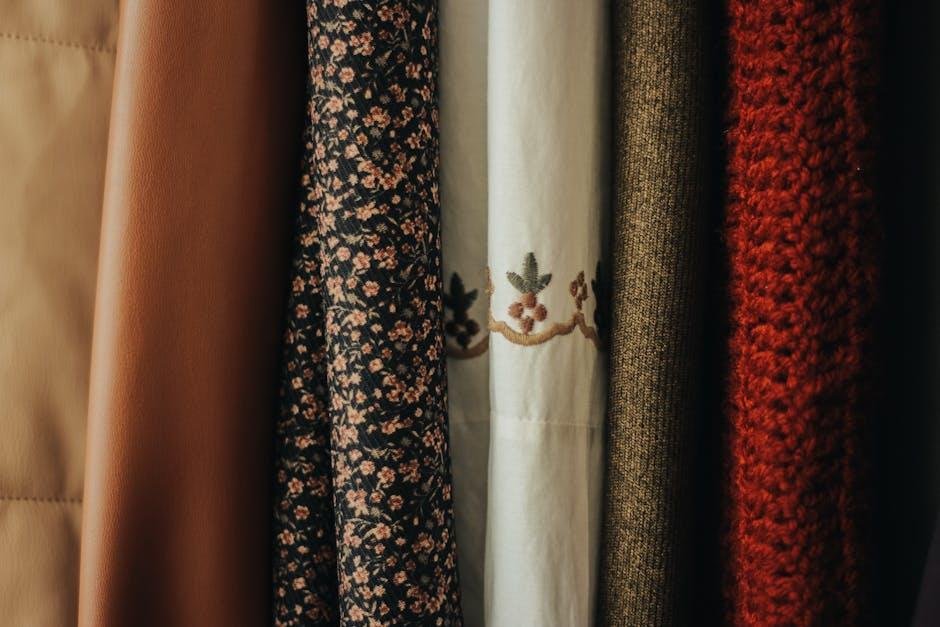
Layering Textures: The Secret to Depth and Dimension
When it comes to adding depth and dimension to your ensembles, layering textures is an art form that can elevate even the simplest of outfits. Consider incorporating various fabrics such as wool, silk, and denim to create an intriguing visual narrative. The interplay between smooth and rough surfaces can enhance your overall aesthetic, creating a rich tapestry of style. Here are a few tips for mastering this layering technique:
- Start with a Base Layer: Choose a simple, solid-colored shirt or top that allows other elements to shine.
- Mix Textures: Pair heavier materials like knits with lighter fabrics such as chiffon or lace.
- Add Accessories: A statement belt or layered jewelry can break up textures and add focus.
To visualize how layering textures can transform your look, consider the following combinations that harmonize beautifully:
| base Layer | Middle Layer | Outer Layer |
|---|---|---|
| White Cotton Shirt | Chunky Knit Sweater | Leather Jacket |
| Linen Tank Top | Textured blazer | Denim Jacket |
| Silk Camisole | Denim Shirt | Long Cardigan |
By blending these different textures, you cultivate a multidimensional look that not only captures attention but also serves as a canvas for self-expression. Don’t shy away from mixing different patterns as well; the highlights of this approach lie in unexpected pairings that ultimately enrich your wardrobe and enhance your fashion storytelling.
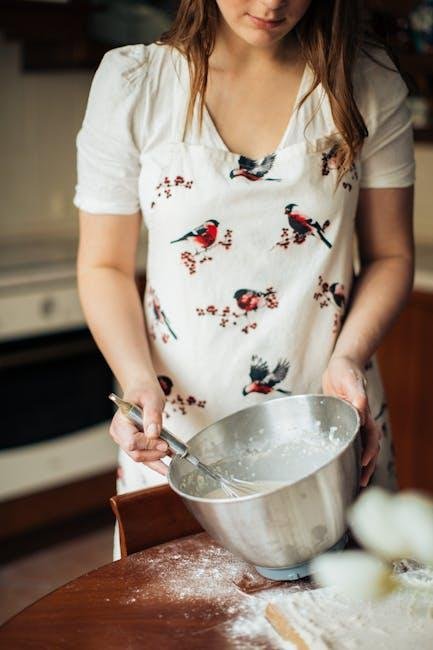
Mastering the Art of Mixing with Confidence
Embracing the world of prints and patterns can feel daunting, but with a little guidance, it can transform your wardrobe into a vibrant canvas of self-expression. To mix them successfully, start by establishing a color palette that unites your selections. This not only creates cohesion but also allows various styles to play off one another without clashing. Keep in mind that different scales of patterns can complement each other beautifully: a bold,large floral can pair brilliantly with a delicate,small polka dot. Consider these tips for a harmonious blend:
- Limit the colors: Stick to two or three key colors across all prints.
- Balance the scales: Mix larger patterns with smaller ones for contrast.
- Add neutrals: Use solid colors to ground your outfit and give the eye a place to rest.
Additionally, consider the textures of your fabrics to add depth to your look. different textures can enhance the visual intrigue of your outfit, making the mix of prints feel intentional rather than chaotic. Linen, silk, and denim can coexist, creating layers that invite touch and admiration. Here’s a simple way to visualize your choices:
| Pattern Type | Scale | suggested Pairing |
|---|---|---|
| Floral | Large | Stripe (Small) |
| Geometric | Medium | Polka Dot (Large) |
| Animal Print | Small | Abstract (Medium) |
Key Takeaways
mastering the art of mixing prints and patterns is not merely a skill but a party of creativity and self-expression. Whether you’re layering stripes with florals or pairing plaids with polka dots, the key lies in embracing your unique style and experimenting with confidence. Remember to consider color harmony,scale,and balance while allowing your imagination to guide you. As you step out into the world adorned in your eclectic combinations, let your wardrobe tell a story—one of individuality, boldness, and sophistication. So go forth and mix, match, and marvel at the beautiful tapestry you create with your fashion choices; after all, in the realm of style, there are no rules—only endless possibilities.


